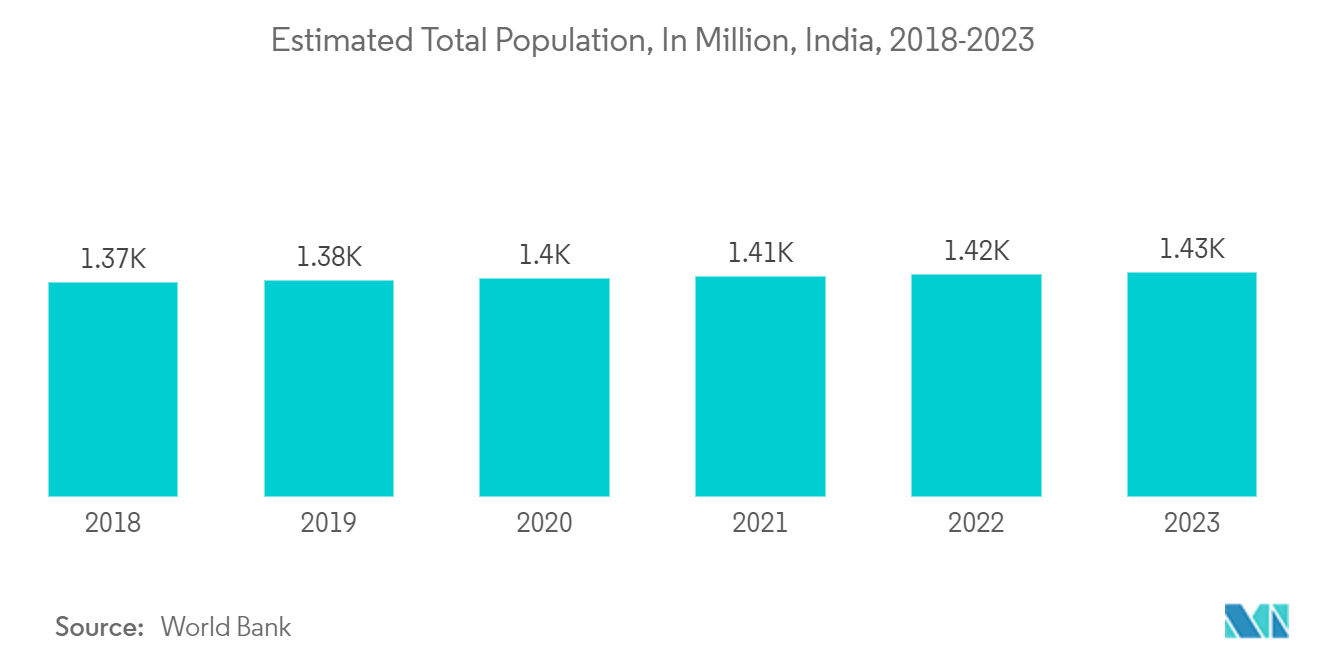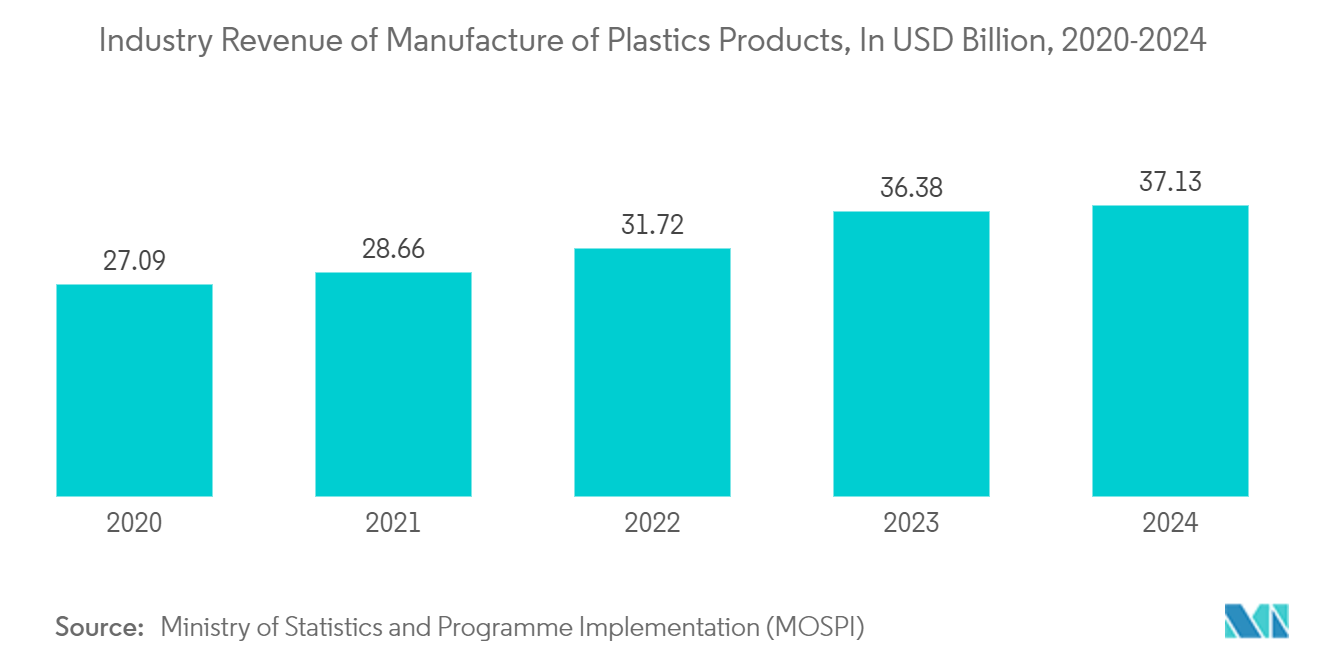Market Trends of Asia-Pacific Flexible Plastic Packaging Industry
The Food Industry is Expected to Witness Growth in the Region
- With the changing lifestyles and new eating habits, the market is expected to grow as demand for convenience food increases. Due to consumers' busy lives, evolving dietary preferences, and expanding population, processed and ready-to-eat food consumption is rising, a significant growth driver for the food packaging sector.
- The primary market drivers include the growing need for biodegradable packaging, expanding processed food markets across the region, and a rise in package innovation. Factors including increased disposable income and population growth contribute to the industry's expansion. Due to their high barrier qualities, shelf lives, and consumer safety, products will be in greater demand as the population and per capita income rise.
- Increasing demand for extended shelf life in packaged goods, driven by rising disposable incomes in countries like India and China, alongside a growing consumer awareness of fresh product consumption, is fueling the growth of the Asia-Pacific new food packaging market. According to the World Bank, the estimated population growth in India in 2022 was 1,417.17 million and was expected to reach 1,428.63 million in 2023. Such population growth is expected to drive the food packaging market.
- Moreover, the increasing urban population is one reason for the market's growth. According to the National Institute of Urban Affairs, the urban population is expected to reach 590 million by 2030. With an increase in urban population and disposable income, the fresh food and packaging market is anticipated to grow during the forecast period.
- The region's demand for flexible plastic packaging has increased due to the growing understanding of the advantages of recycling and bioplastics. Key market drivers will be abundant raw materials and the quickening pace of technical development in the flexible plastic packaging industry.

India is Anticipated to Grow Rapidly
- The market for flexible plastic packaging is predicted to grow due to increasing retail industry penetration and a growing population. India is the fifth-largest economy and the most populous nation. Well-established end-user industries (such as food, beverage, and pharmaceuticals), increasing investments, increasing health awareness, and rising life expectancy are expected to support flexible plastic packaging solutions in India.
- In January 2024, the quality control standards imposed on polyethylene (PE) shipments traded in India officially came into effect following several years of processing. The regulation under the Bureau of Indian Standards Act, 2016 (BIS) requires both local and overseas suppliers to undergo a stringent application process, including plant auditing, to obtain the BIS mark to be printed on the product's packaging. Participants in the Indian market anticipate the HDPE market here to rise sharply due to tighter availability. Many overseas suppliers still need the BIS certificate to sell their cargo in India.
- Plastivision India, organized by the All India Plastic Manufacturers' Association (AIPMA), the leading non-profit body dedicated to advancing the plastic industry, highlights a growing appetite for high-density polyethylene (HDPE). Production is set to surge to 4 million metric tons in 2023.
- Further, pharmaceutical companies operating in the country are expanding their business through innovations, collaborations, and others. The partnership between Pfizer and the National Institute of Pharmaceutical Education and Research (NIPER), Ahmedabad, is driven by the shared goal of fostering innovation and supporting early-stage healthcare startups in India. This collaboration, supported by the Department of Pharmaceuticals and Niti Aayog and anchored by Social Alpha, aims to provide a platform for emerging innovators to transform their ideas into market-ready solutions. Such partnerships catalyze innovation in flexible packaging within the Indian healthcare sector.
- Revenue from manufacturing plastic products is also increasing in India. According to the Ministry of Statistics and Programme Implementation (MOSPI), the manufacturing of plastic products is projected to reach USD 37.13 billion in 2020 from USD 27.09 billion in 2020. This would further encourage flexible plastic packaging in India.


